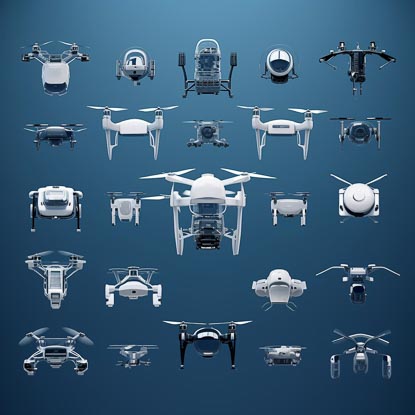
Buyer Groups Key to Public Innovation
During my recent presentation at the NIC.PET event, we explored the transformative power of buyer groups in driving public innovation. This discussion sparked insightful conversations on how collaborative procurement can fundamentally reshape how governments approach complex challenges. Building on this presentation, I delves deeper into the concepts introduced at NIC.PET, examining how buyer groups serve as a strategic tool for fostering resilience and innovation within public organisations.
In the face of the daunting task of responsibly procuring and organising innovation in a world of rapid technological and regulatory change, governments can find a powerful ally in buyer groups. These collaborative entities not only bolster the resilience of public organisations but also provide a structured approach to tackling complex tasks, thereby driving public innovation.
buyer groups serve as a strategic tool for fostering resilience and innovation within public organisations
At the heart of a buyer group lies a strategic partnership between public contracting authorities, united in their mission to shape and direct innovation processes. By pooling resources, sharing risks, and establishing a unified vision and strategy, governments can leverage the power of collaboration to define goals, set priorities, and formulate clear outcomes.



European Space Agency
Examples include the European Space Agency (ESA), where 22 European countries collaborate on space technology and research. Other potential initiatives illustrate this concept, such as a European digital currency or digital passport. Both projects would require advanced cryptography, strict interoperability standards, and a shared investment in research and pilot programs.
For instance, buyer groups could assist in selecting secure cryptographic protocols for a digital currency or develop fraud-resistant, cross-border standards for a digital passport.
The European Space Agency (ESA) stands as an example of how joint innovation procurement, facilitated by buyer groups, can lead to significant cost savings, shared risks, and groundbreaking technological advancements. Projects like Galileo and the Sentinel satellites under the Copernicus program serve as compelling evidence of the potential of buyer groups to orchestrate and accelerate innovation.
Buyer groups, in alignment with principles like the Theory of Change, play a crucial role in promoting ethical standards. For instance, the buyer group focused on AI image recognition and drones worked to validate ethical AI and interoperability standards through workshops and pilot projects. This commitment to ethical standards is a source of reassurance, ensuring adherence to regulations such as GDPR.

AI image recognition & drones
A similar buyer group, facilitated by PIANOo, the Ministry of the Interior (BZK), and the Dutch AI Coalition (NL AIC), developed strategies to promote scalable and ethical AI innovation. Rather than pursuing fragmented initiatives, buyer groups foster a collective approach focused on societal impact. The AI image recognition and drone buyer group established a comprehensive market vision prioritising ethics, interoperability, cybersecurity, and open standards. Interactive workshops that included suppliers, policymakers, and end-users ensured this vision supported innovation and compliance.
A buyer group process starts with meticulous preparation and identifying challenges related to privacy protection and ethical AI. Stakeholders, including suppliers and policymakers, collaborate to explore themes such as scalability and compliance. These collaborative efforts lead to a shared market vision, validated through pilot projects and refined through procurement strategies like Small Business Innovation Research (SBIR).
Programs like Horizon Europe enhance collaborative research and innovation by enabling countries and organisations to co-invest in large-scale projects. Beyond funding, Horizon Europe promotes collaboration, standardisation, and coordinated innovation. For instance, projects like TRUSTS, which focus on privacy-enhancing technologies (PETs), demonstrate how buyer groups can facilitate secure data sharing and create interoperable solutions that comply with complex regulations.
Buyer groups are not bound by a single level of governance. They are versatile, adapting to regional collaborations among municipalities and provinces. This adaptability empowers diverse stakeholders to effectively tackle smart mobility, sustainable energy, and urban planning challenges, making them essential tools for future-oriented governance





Geef een reactie